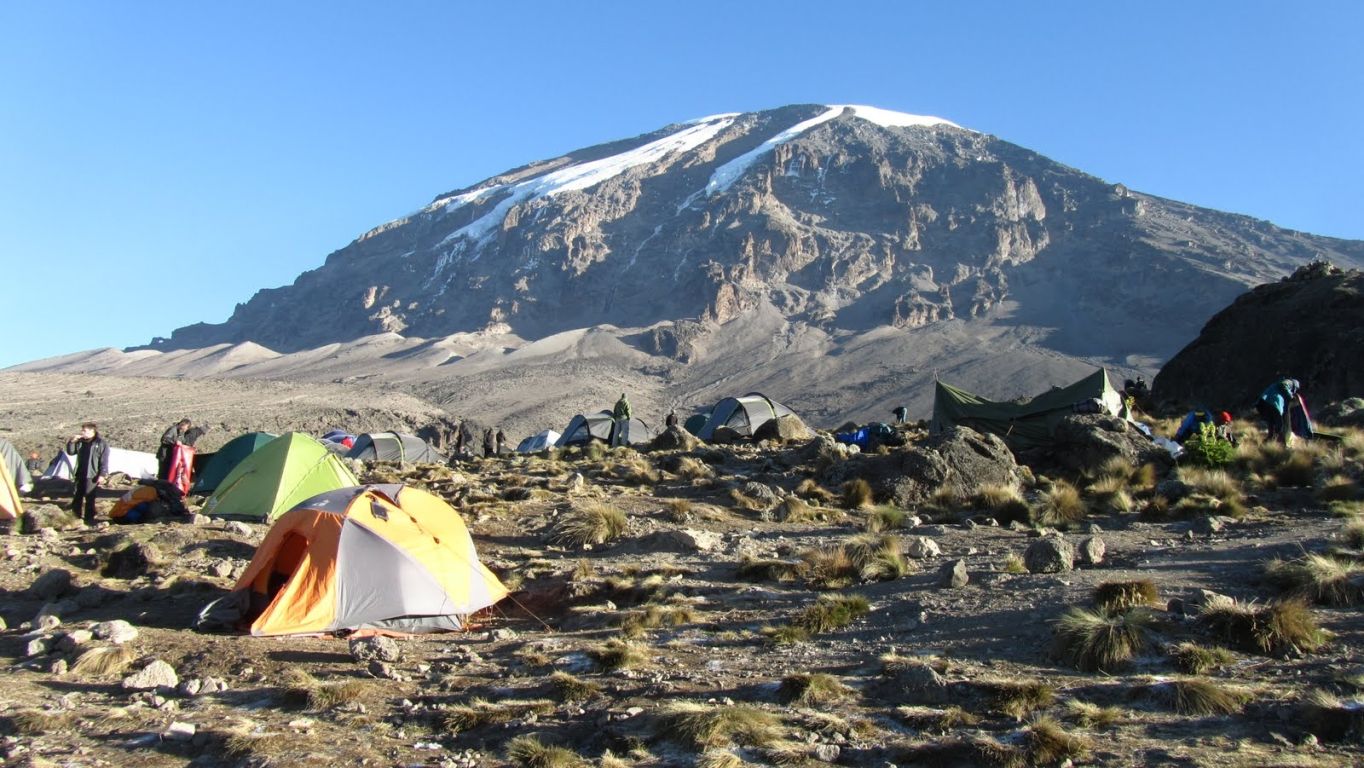Mount Meru Trekking Adventure - Perfect Acclimatization Before Kilimanjaro
Blog

When it comes to climbing Mount Kilimanjaro, a common question arises: Is supplemental oxygen necessary for the Mount Kilimanjaro climb? Let’s understand the role of oxygen and the challenges posed by altitude during this remarkable journey.
Supplemental oxygen is typically reserved for extreme altitudes above 23,000 feet where human life cannot be sustained due to the lack of oxygen. These heights are often referred to as the ‘Death Zone’, with elevations exceeding 26,000 feet. At 19,340 feet, the top of Mount Kilimanjaro is below these extreme altitudes, and the use of supplemental oxygen is very uncommon on the peak.
Supplemental Oxygen on Climbing Mount Kilimanjaro
Altitude is a significant factor to consider when climbing Mount Kilimanjaro. However, Mount Kilimanjaro climbers do not require extra oxygen to reach the summit successfully. Instead, the “pole pole” or slowly method is employed – a gradual ascent to higher altitudes and sleeping at lower levels to acclimatize effectively.
Spending more time on the mountain improves your chances of summiting Mount Kilimanjaro. To prioritize safety, we carry emergency oxygen tanks and medical kits on all our climbs.
Using Supplemental Oxygen on Mount Kilimanjaro: To Do or Not to Do?
It’s essential to note that we do not use bottled oxygen to alleviate low oxygen saturation or breathing difficulties for summiting purposes. This approach can mask underlying issues and lead to altitude-related complications later on. Some tour operators may advertise “personal oxygen systems,” but their usage is discouraged due to potential risks.
The Essence of Climbing Mount Kilimanjaro
Kilimanjaro’s challenge primarily stems from its altitude. While the trek itself isn’t strenuous by hiking standards, altitude adds the real difficulty. The achievement of climbing Kilimanjaro is diminished if supplemental oxygen is used, as the essence lies in conquering its elevation.
Emergency Oxygen Usage on Mount Kilimanjaro
In emergency situations, such as severe Acute Mountain Sickness (AMS), oxygen masks may be administered to alleviate symptoms and facilitate a safe descent to lower altitudes. For conditions like High Altitude Cerebral Edema (HACE) or High Altitude Pulmonary Edema (HAPE), quick descent is crucial. While oxygen can provide temporary relief, either avoiding higher altitudes or descending is the safest approach for those experiencing symptoms.
The Western Breach Exception
An exception applies when climbers tackle the Western Breach route, where descent is challenging and stretcher evacuation isn’t feasible. In such cases, oxygen (and/or dexamethasone) might be provided to assist climbers in ascending to the crater rim, followed by a swift descent via Stella Point.
Mount Kilimanjaro vs. Mount Everest Oxygen Use
While Everest climbers use oxygen in the “death zone” above 26,000 ft, this practice isn’t suitable for Kilimanjaro. Using oxygen on Kilimanjaro might mask altitude sickness symptoms and disrupt natural adaptation. Acclimatization on Kilimanjaro occurs gradually and requires a slow ascent, staying hydrated, and considering longer routes for better acclimatization protocols.
Final Considerations
When approaching Mount Kilimanjaro, it’s vital to prioritize safety and the genuine accomplishment of reaching its summit. Rather than relying on supplemental oxygen, focus on acclimatization techniques, consulting with medical professionals, and ensuring optimal physical condition to truly embrace the journey.
In short, using supplemental oxygen to climb higher is potentially dangerous, wholly unnecessary on Kilimanjaro, and runs counter to the spirit and challenge of climbing the mountain. You do not require oxygen to reach Kilimanjaro’s summit, and it should be avoided.
Drop us a line. Our Safari experts will answer all your questions in 24 hours